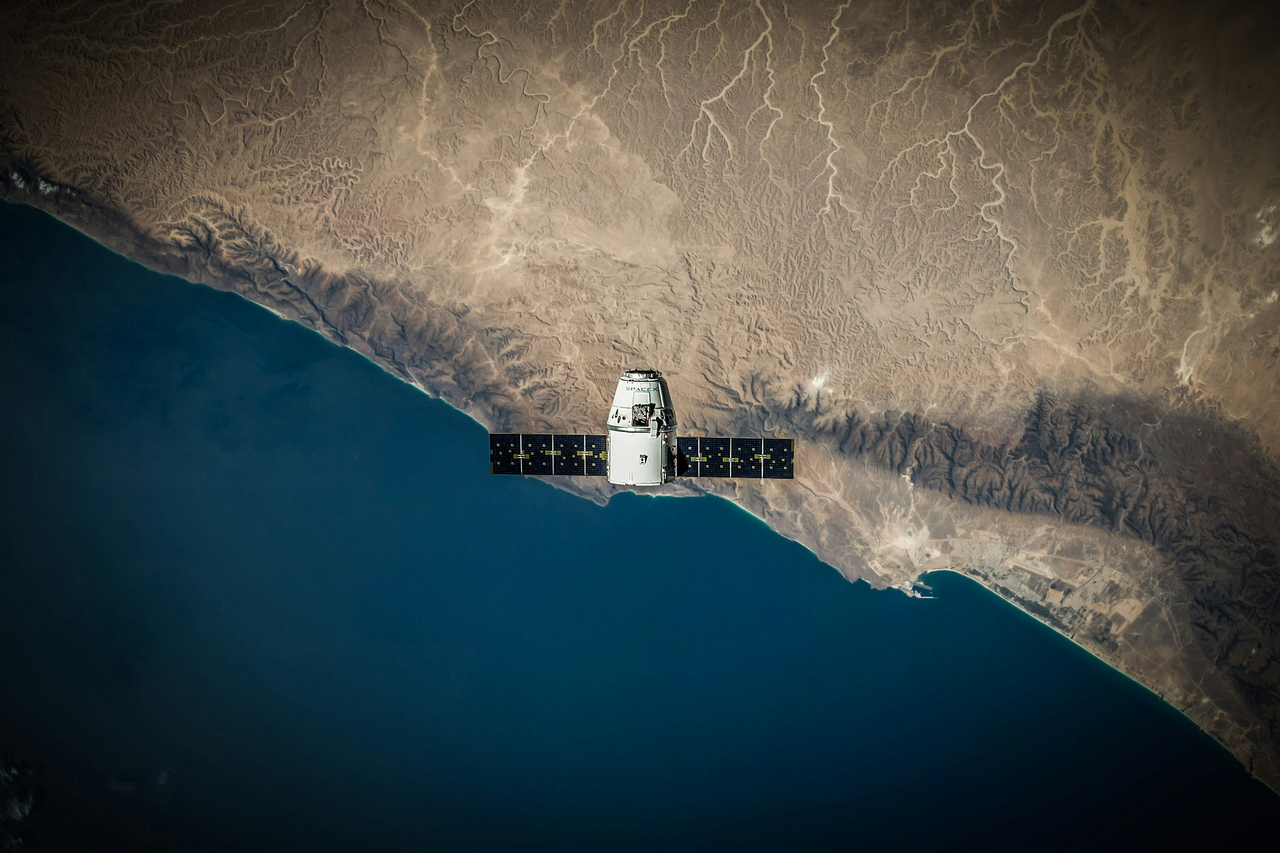Satellite data for analysing economic disruptions from conflict
Alex Fidgeon-Keeler, Associate (London)

The paper discusses the use of satellite imagery to measure economic activity disruptions caused by conflict. While the paper focuses on the Sudan civil war, the methodology may be applicable to all conflicts. We highlight some datasets applicable to this use case and some complementary datasets providing a better understanding of conflict activity and its impact on equities.
QUICK VIEW
The paper uses satellite imagery measuring nitrogen dioxide (NO2) and validated using nightlight intensity to highlight the impacts of conflict on Sudan’s economic activity in the face of limited information. Limited availability of data is due to public and private institutions not operating in Khartoum (Sudan’s capital) and the nationwide statistics reports not being published since April 2023.
- NO2 is predominantly emitted from anthropogenic activities, including power plants (e.g. coal) and vehicles. The paper, therefore, infers its measurement can be an indicator of human and economic activity.
- Nightlight intensity data is used to validate the NO2 observations and in this study. The nightlight intensity uses VIIRS data is provided with a 3–4-month lag compared to near-real-time observations for NO2 emissions.
- The paper concludes that NO2 emissions and nightlight intensity drop in areas impacted by conflict while remaining constant in unaffected regions.